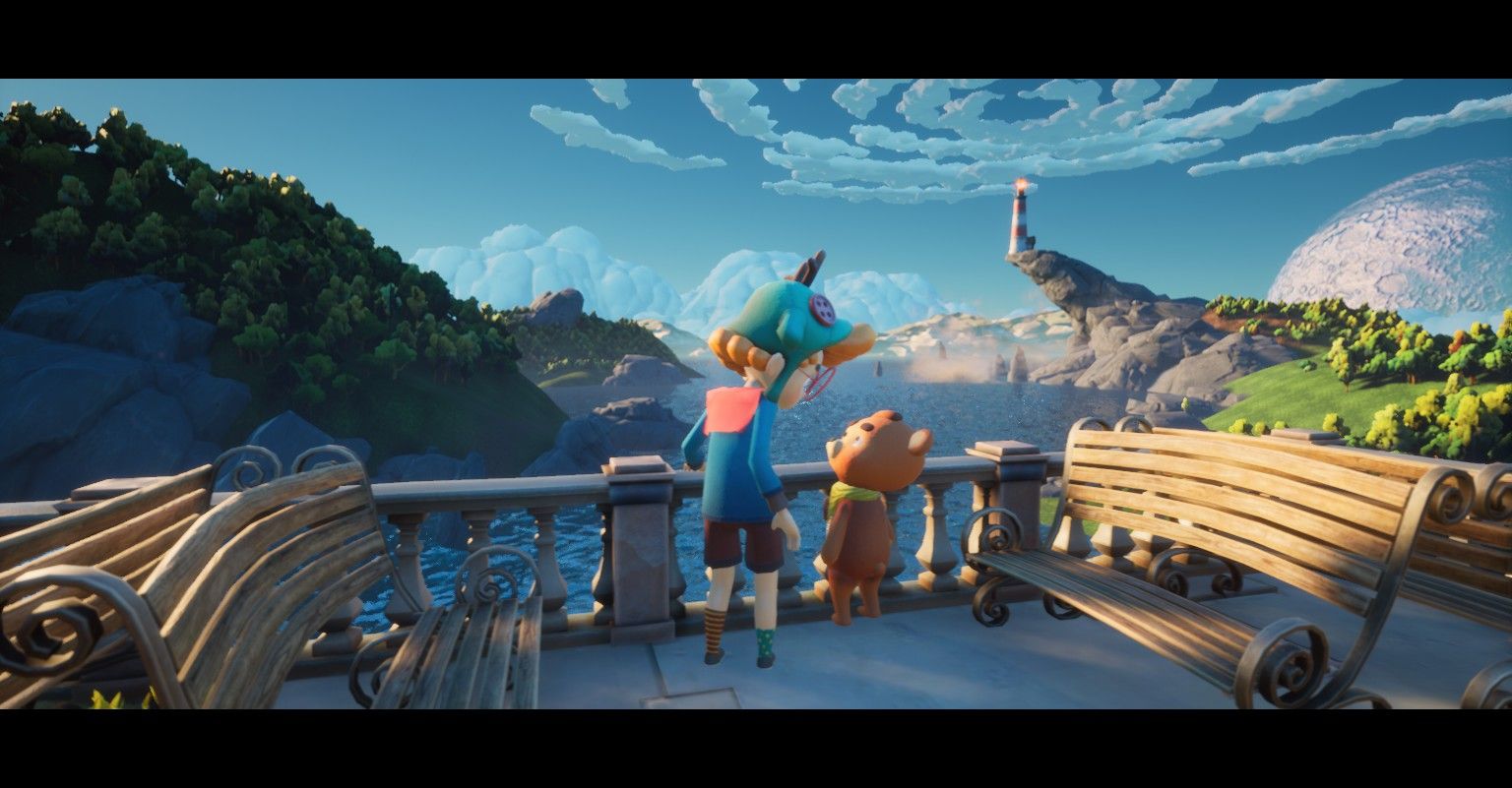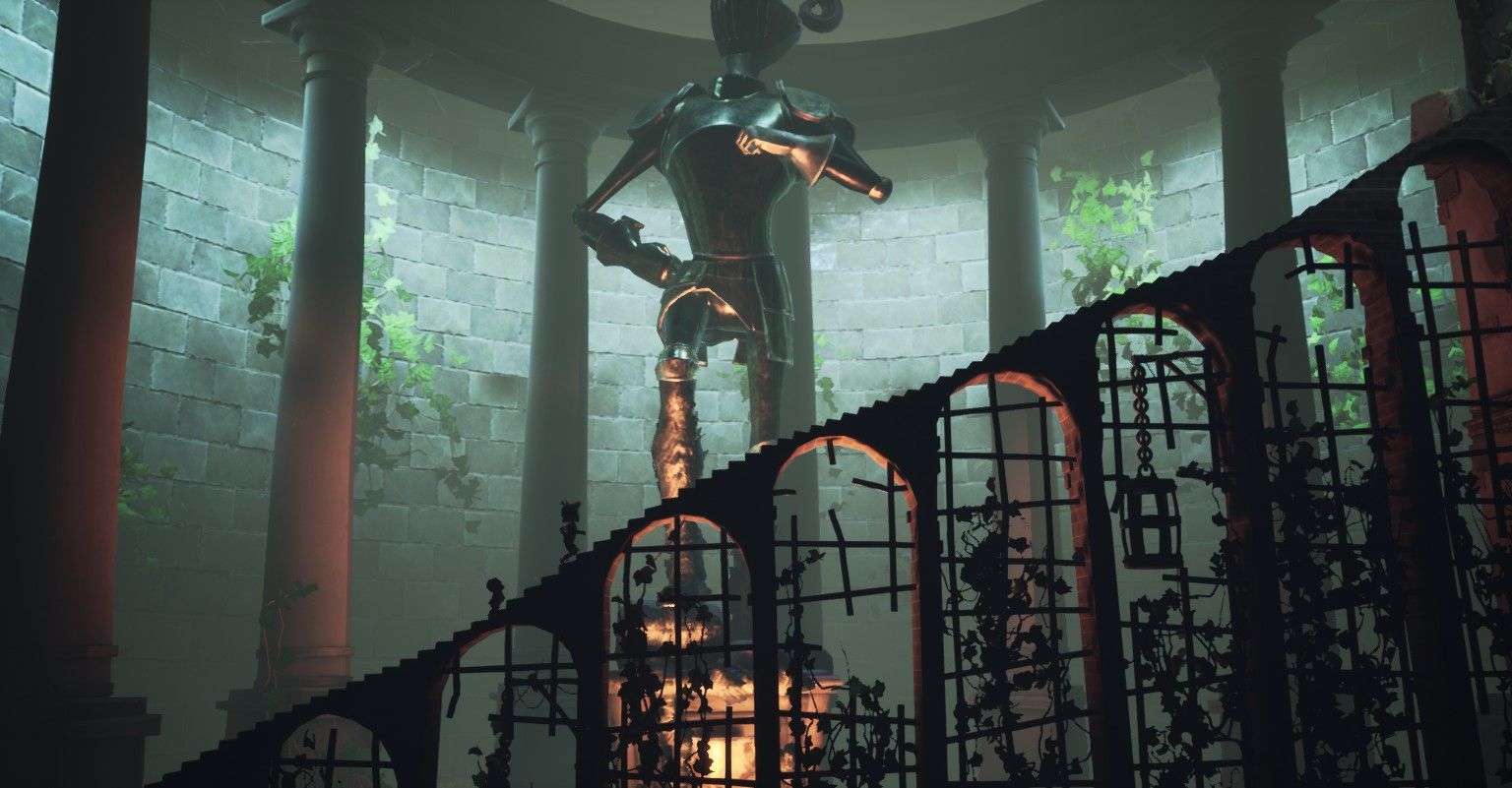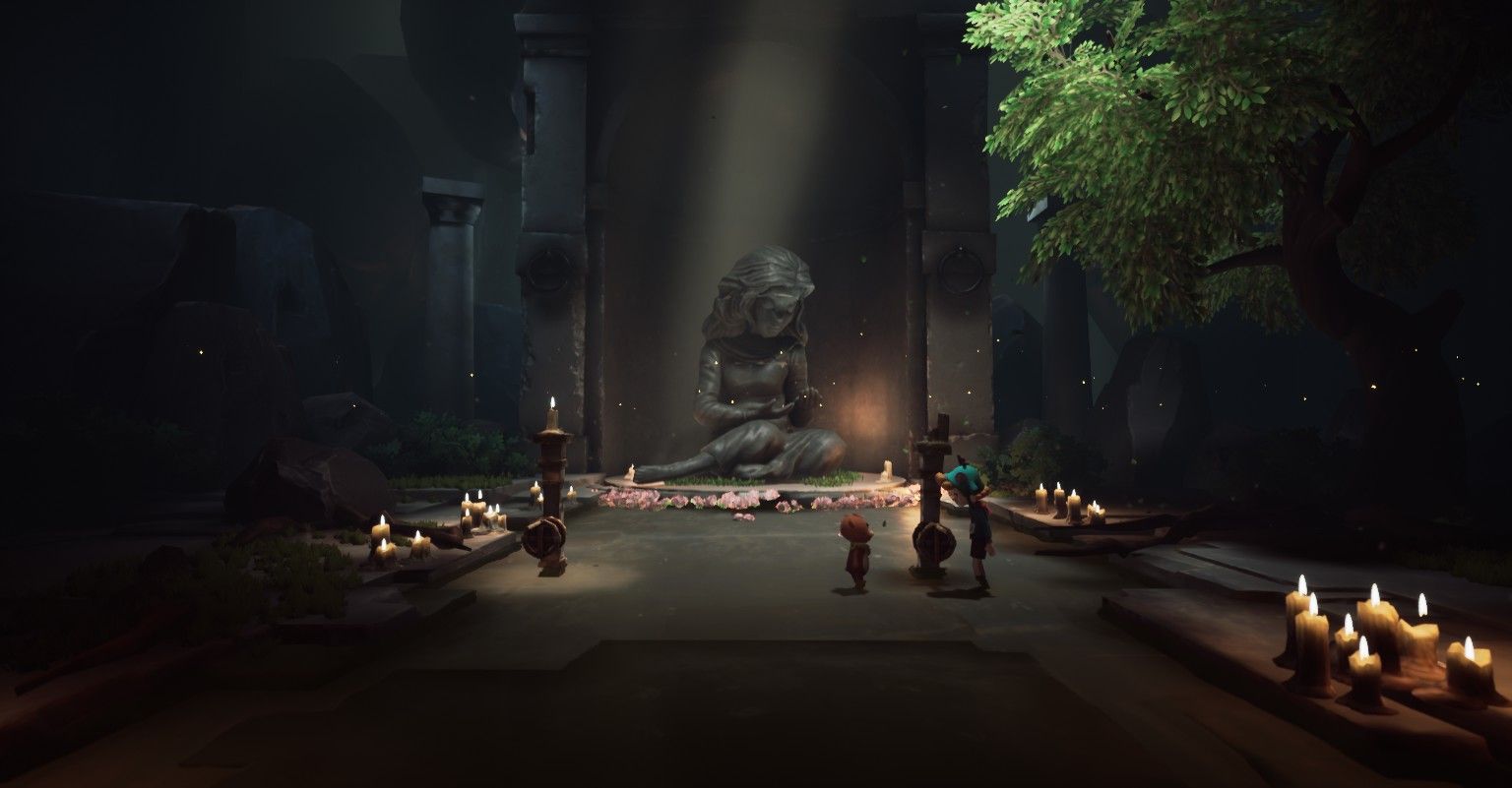Daydream Forgotten Sorrow: Inside a Child's Nightmare
A hint of action and a dreamy mood

Dream worlds are very popular in fiction for a lot of reasons. These are perfect settings to explore concepts such as surrealism, symbolism and mixed genres. Sadly, the dream in fiction has also gained a reputation as an easy out for writers who've worked themselves into a corner. Doing the dream well means having a commitment to the logic of dreams.
The developers behind Daydream: Forgotten Sorrow have certainly nailed that logic down, creating a fantastic and bizarre world that follows its own rules. But is its puzzle-driven gameplay enough to support that dream?

Daydream begins, as all nightmares do, in the dark. Griffin, a young boy, is fleeing from a malevolent force in the form of a giant malformed hand. Questions like where you are or what is going on have to be side-lined for the moment - only survival matters.
Like Candle Knight, a game I looked at a few weeks back, Daydream has a story that isn't immediately revealed to the player. You have two characters - Griffin and his animate teddy bear friend Birly - with a dreamlike world to explore, but your destination and the exact identity of your character aren't known yet. There are hints that the entire game is symbolic, that you are not playing a young boy but someone else who has adopted that identity, but you won't figure that out until you've gone deeper.
The surreal, dreamlike nature of the game helps fuel that symbolic understanding. The world before Griffin and Birly is mixed up - within the first hour of the game, you'll walk a path that winds through a derelict mansion, a castle, a splendid seaside estate, a subterranean ruin and a child's playroom. The geography makes sense only within the logic of dreams.

Daydream is described as a "puzzle platformer," which is technically accurate but a bit misleading. It's more like an adventure game in the guise of a platformer. Don't expect to see a lot of precise jumping in Daydream - this game is all about the puzzles.
Most of the puzzles aren't too complicated, forcing the player to find a way to bypass a climb that's too high or a gap that's too wide for Griffin to manage with his jump. Many of these puzzles require the help of both protagonists. The player doesn't control Birly directly, but can give him commands. Being smaller than Griffin, Birly can slip into areas that his human friend can't access, but he's also vulnerable to getting trapped or caught by the hostile creatures in some areas.
Occasionally, Daydream mixes things up with an action sequence, usually requiring the player to run for dear life. These sequences are usually a nice change of pace, but you'll be very glad when you return to the more sedate, forgiving adventure gameplay style.
The game has a fixed camera, which can at times give the illusion that this is a 2.5D title, but it is true 3D. This can make some areas a little awkward to navigate, with important things obscured behind level geometry or simply placed at strange angles that make jumps hard to land. Most likely, this was done in service of the visuals, which can be very beautiful and haunting.

The exploration aspect is what drives Daydream, certainly more so than the mechanical gameplay. Mood is very important to the game, with the overall feel fluidly switching from whimsy to horror and back in a way that does feel a lot like a dream. And this is, in part, a horror game, with some moments that can be quite distressing. One particular sequence - which sees Griffin being chased through a swamp by a giant spider before crawling through a narrow cave full of the spider's eggs and young - is scary enough that the developers put a warning about it in the boot-up screens.
If you're a platformer fan, Daydream probably isn't what you're looking for - again, it really isn't a platformer. This is a game made more for adventure game fans who are in the market for something a little different than the usual - something with a hint of action and a dreamy mood.
